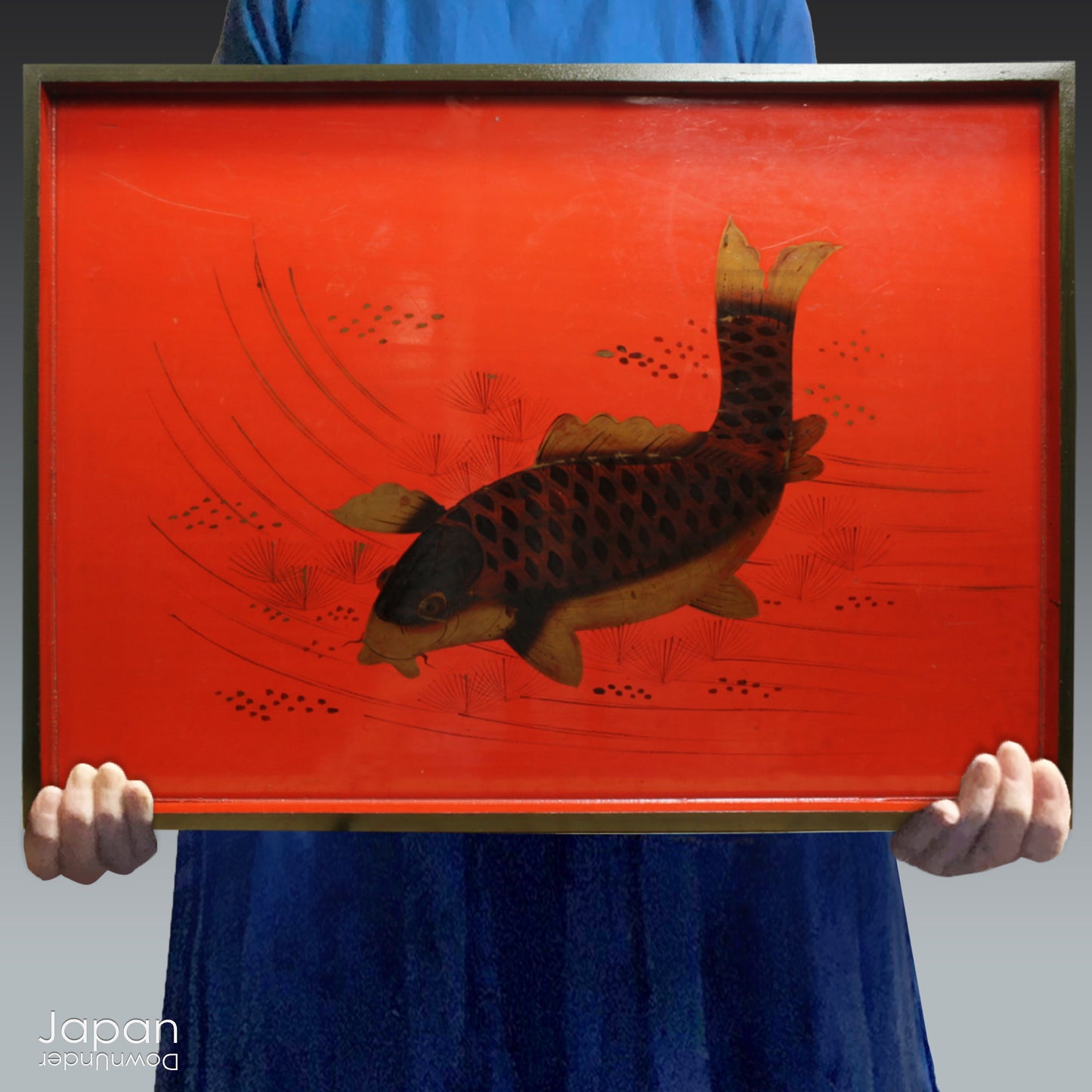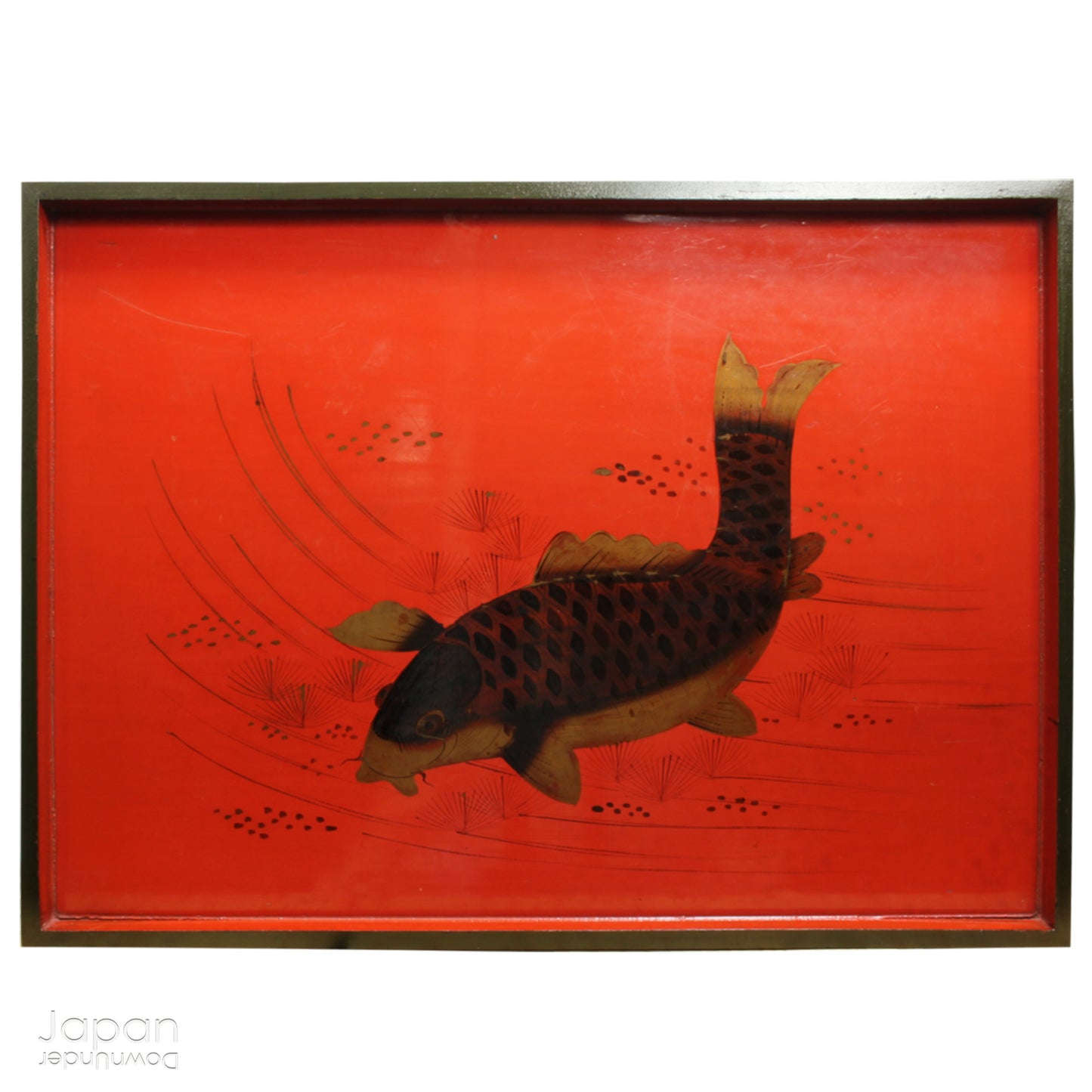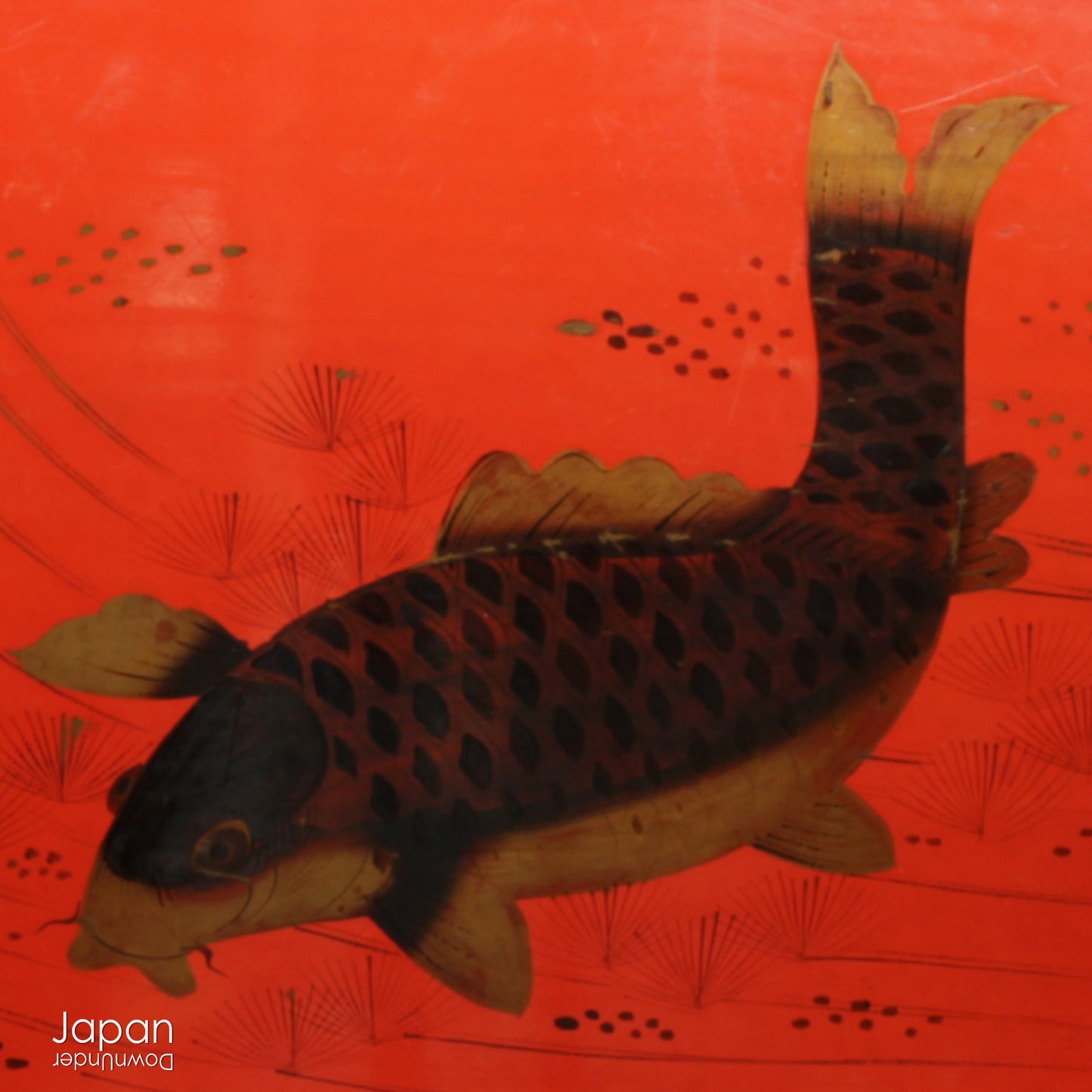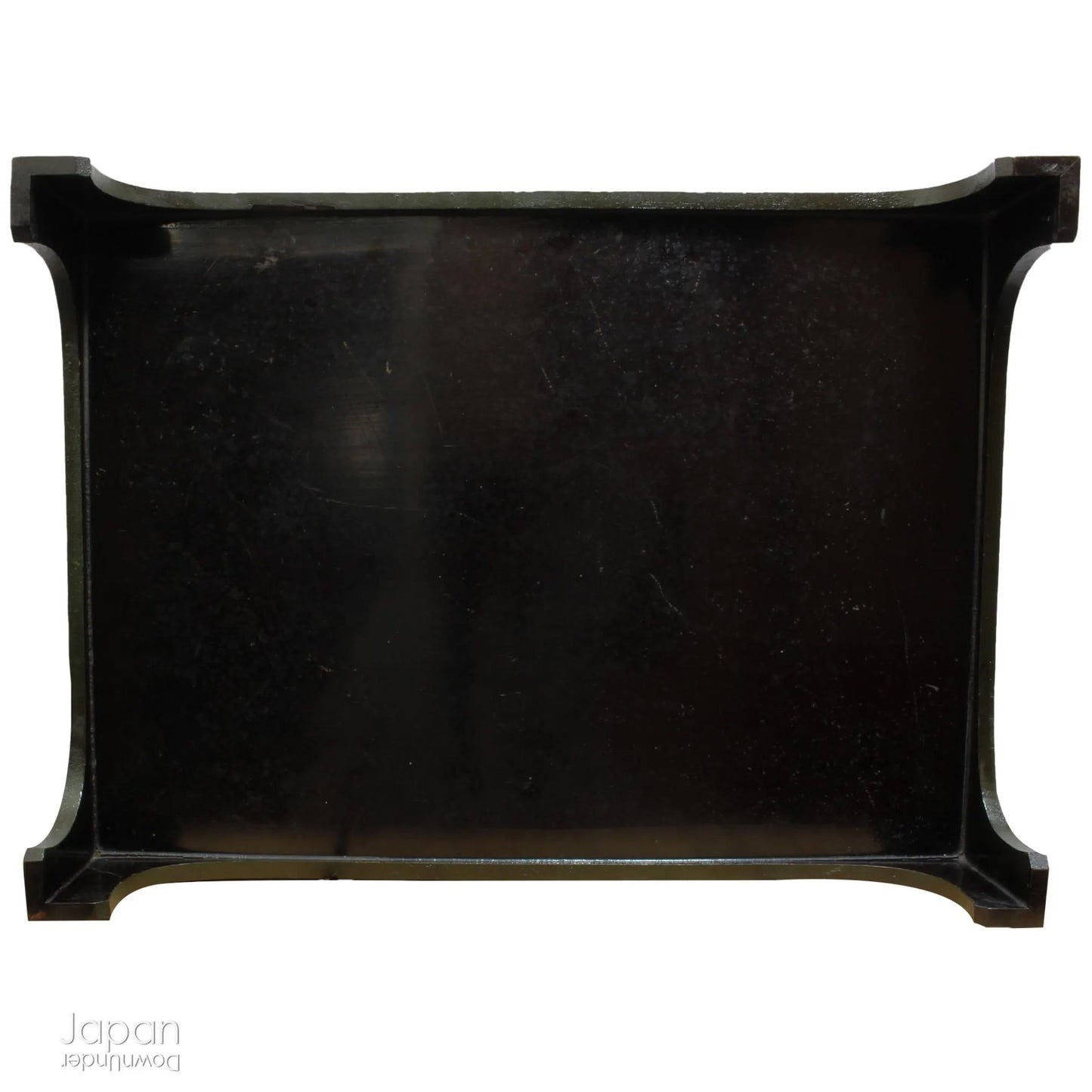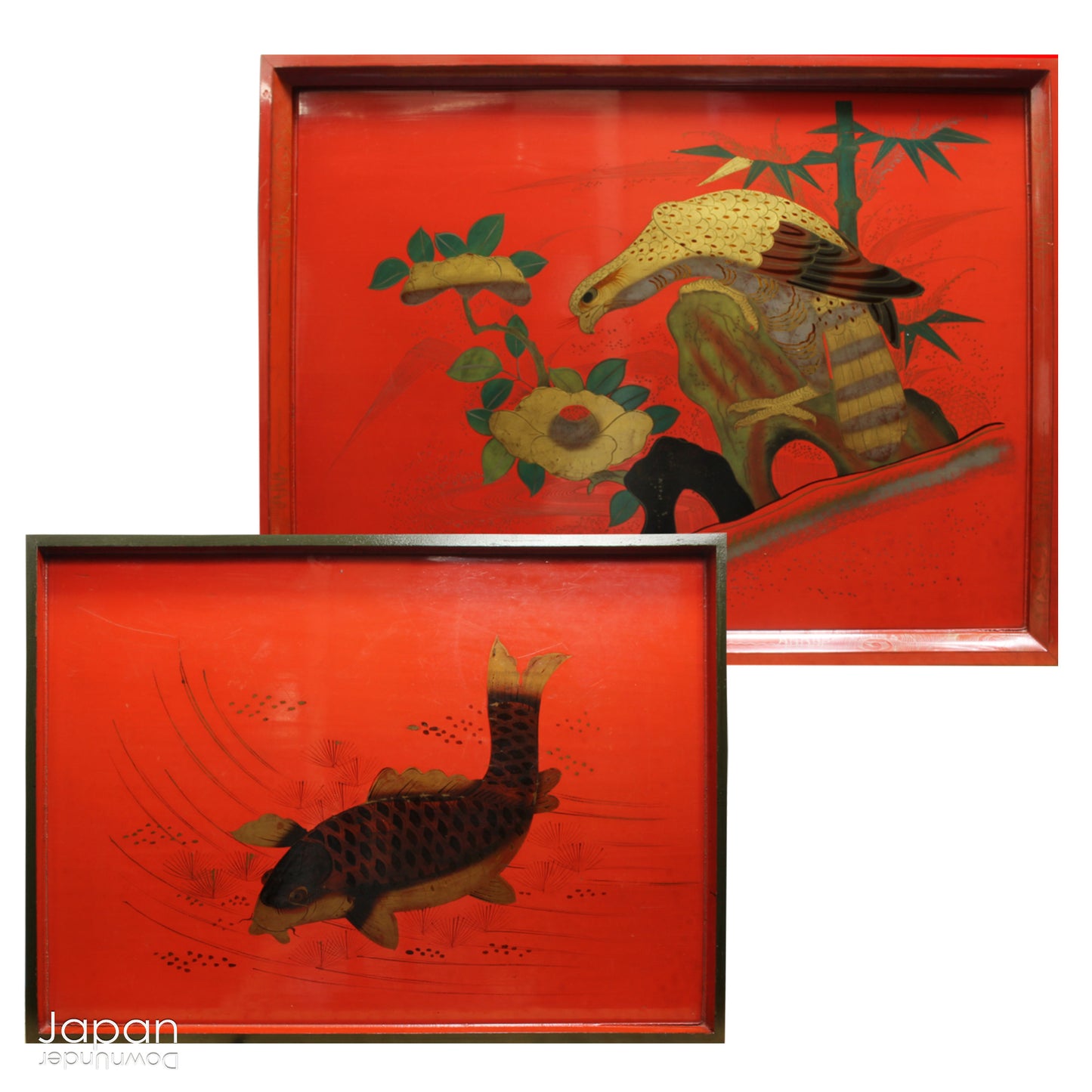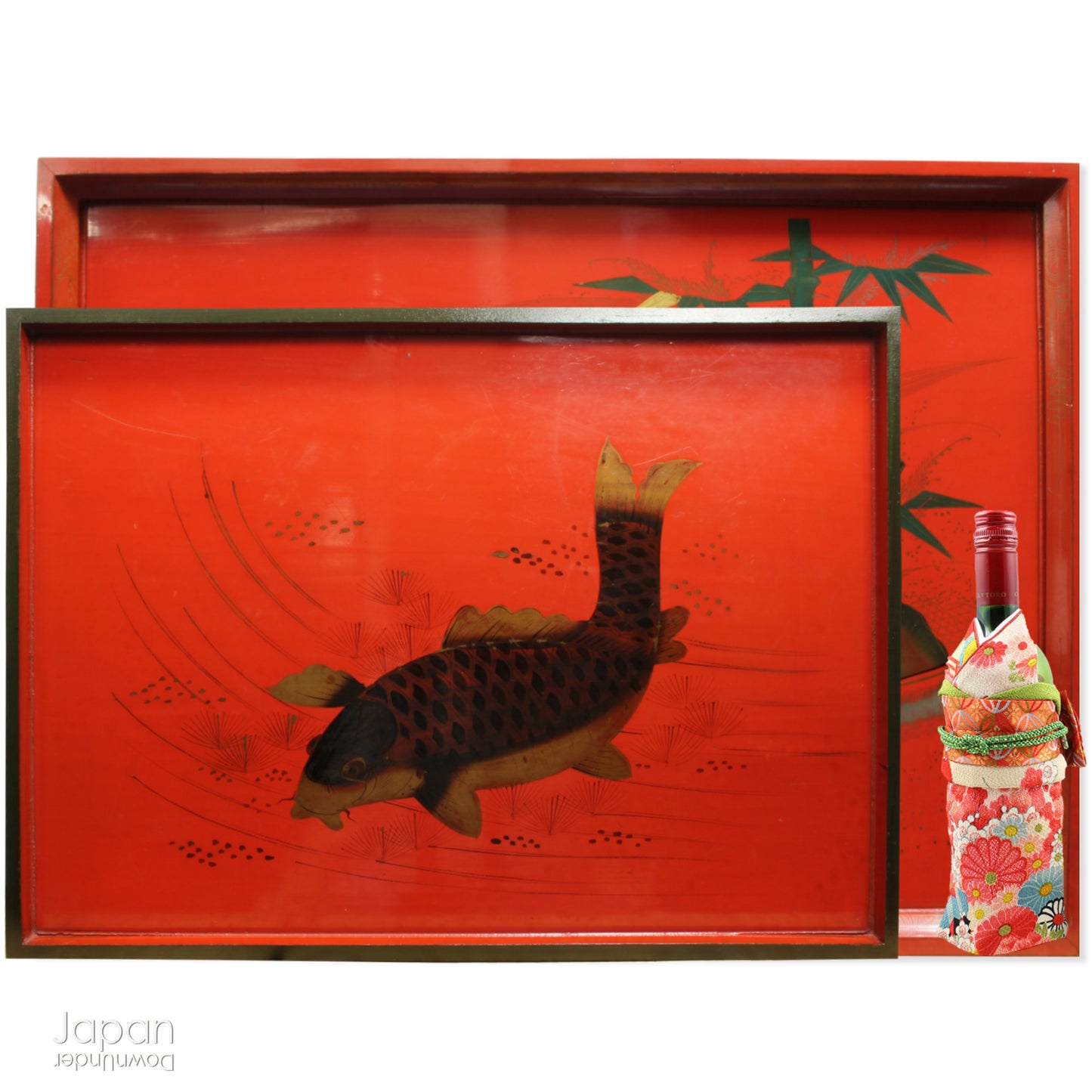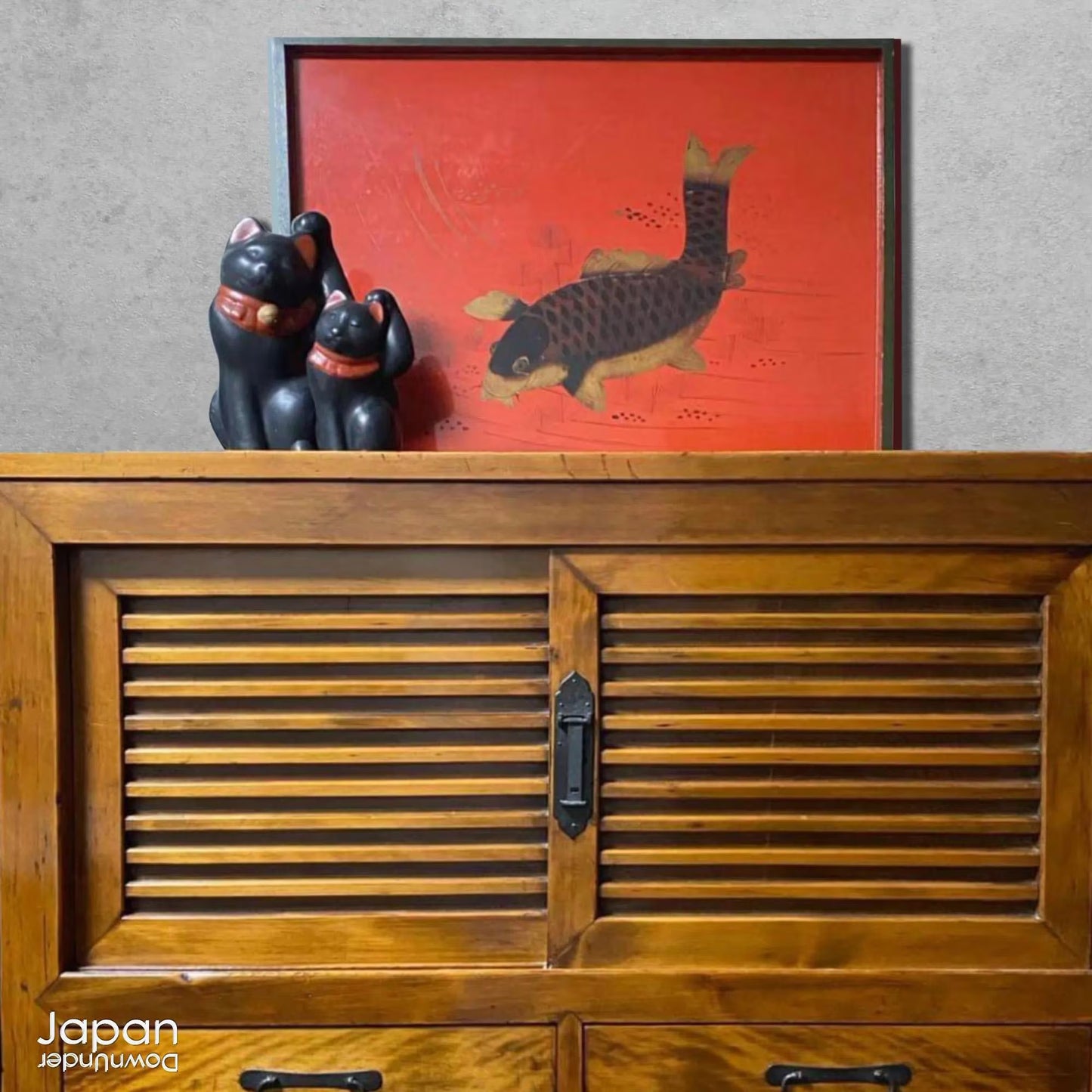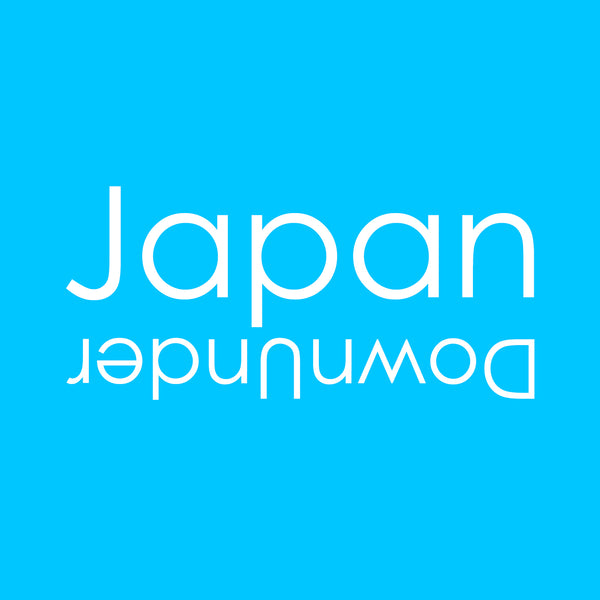JapanDownUnder
rare 1800’s red lacquer tray with lucky carp fish - antique decor piece
rare 1800’s red lacquer tray with lucky carp fish - antique decor piece
Couldn't load pickup availability
Love Japanese Style Like We Do
Step back in time and immerse yourself in the elegance of the past with this exquisite 1800s rare red lacquer tray, a true collector’s treasure. Featuring a Japanese black koi carp, painted finely in black and gold and swimming peacefully amongst river foliage, this stunningly large tray brings a touch of historical charm and sophistication to any space. Its intricate design is not just a visual delight but also a lucky symbol, making it a captivating and meaningful addition to your home.
This type of large tray, known as Hirobon, was traditionally displayed in the tokonoma, an alcove in the tatami rooms of affluent homes, that served as a condensed expression of beauty and hospitality. These alcoves were carefully curated spaces where guests could admire art, flowers, and seasonal foods, offering a serene glimpse into the rhythms of Japanese life. The tray, with its rich history and cultural significance, is a window into this exquisite world of thoughtful design and appreciation for the changing seasons.
Hand crafted Wajima lacquerware, the tray is a wonderful shade of Japanese red, or shu, the same beautiful color found in Japanese ink for seals and the torii gates at Shinto shrines. Adding a layer of intrigue and symbolism, the tray is beautifully adorned with a black koi carp—a symbol of power, strength, and perseverance in Japanese culture. According to legend, the koi's relentless journey up a waterfall was rewarded by the gods who transformed it into a golden dragon, symbolizing ultimate triumph.
The tray’s elegant curved legs give it a pleasing height and though some wear is evident with minor scratches, darker marks, and slight movement at the joints, it only enhances its vintage charm and authenticity and does not distract from its timeless elegance or functionality.
Whether you choose to use it as a display stand for decorative objects or as a striking art piece in your home, this tray will serve as a stunning focal point. Place it upright, perhaps on top of a chest or alongside a vase of flowers, and watch it become the centerpiece of any room.
An extraordinary, one-of-a-kind piece and a true gem for collectors and lovers of antique treasures.
- carp tray measures 58 cm (22.9”) wide x 43 cm (17”) deep x 12 cm (4.7”) tall.
- weighs 1,400 gm.
(listing for carp tray only)
SHIPPING INFORMATION
- please read our shipping notes in shipping policy.
- we use recycle packaging and wrap for safety, rather than appearance.
ABOUT OUR VINTAGE, ANTIQUE AND OTHER ITEMS
We list pieces we feel are worthy of display. There may be scratches, dents, fading and signs of wear and tear. We try to explain the condition of each item exactly, but may miss something.
Information regarding the item and it’s age is obtained from dealers and our personal research. We do our best to give you the correct information but please be aware that we cannot guarantee this information.
Please message us prior to purchase with any questions you may have about our products.
WAJIMA LACQUER
Wajima lacquerware (called Wajima nuri in Japanese) is made in the city of Wajima, Ishikawa prefecture. The most notable features of Wajima lacquerware are not only it’s beautiful finish but also the high quality powder used for its production called jinoko (powdered diatomaceous soil), which can be found only in Wajima. Because of the use of jinoko as an undercoat, the lacquerware's high durability is ensured. Wajima-nuri lacquerware’s durability is also enhanced thanks to a painstaking process involving over 70 coats of lacquer.
Wajima lacquerware has a long history; in the Muromachi period (1336~1573), a monk from Negoro Temple in Kishu (present-day Wakayama Prefecture) introduced the lacquering technique to this area. The chinkin technique originated in the Kyoho period (1716~1736), and the maki-e technique was brought from Kanazawa and Kyoto during the late Edo period and early Meiji period. These and other traditional techniques have been handed down in Wajima.
Wajima lacquer was designated a traditional craft in 1975 by the government of Japan.
TOKONOMA
The tokonoma is an alcove in a traditional Japanese room where guests are received. It is the interior focal point of the room and was created to make guests feel welcome.
The tokonoma began in the Muromachi period (1336-1573). At that time the tokonoma was regarded as an altar to house Buddhist prayer objects.
When the ikebana and tea ceremony culture started developing the tokonoma became an area to express the feeling of the seasons. It created a calm space for guests to relax and meditate.
At first the tokonoma was seen only in the homes of the rich and elite samurai. It was a place to display only very expensive artwork and to show off to guests!
In the Meiji period ( 1868-1912) commoners began to build a tokonoma in their homes. Beautiful artwork became more affordable so they too, could enjoy making seasonal displays in their homes.
Today the tokonoma is still a sacred place in the home and sets the emotional tone of the household. It is a place to appreciate emptiness, stay still and meditate.
KOI FISH
The koi fish achieved mythical and spiritual status through the Waterfall legend. In this ancient tale, a majestic school of golden koi, brimming with strength and shimmering resilience, ventured upstream of the Yellow River in China. When faced with a formidable waterfall at the river's end, most turned back, carried away by the current. However, a select few persisted, leaping ceaselessly in a futile attempt to surmount the cascade. Their tenacity captured the attention of local demons, who, in mockery, heightened the waterfall out of malice. After a century of unwavering determination, a lone koi triumphed, reaching the summit. Recognizing its perseverance, the gods transformed the koi into a golden dragon, symbolizing ultimate power and strength.
Known to swim against the current and overcome great obstacles, Koi embodies strength, courage, patience, and success achieved through perseverance.
Share
